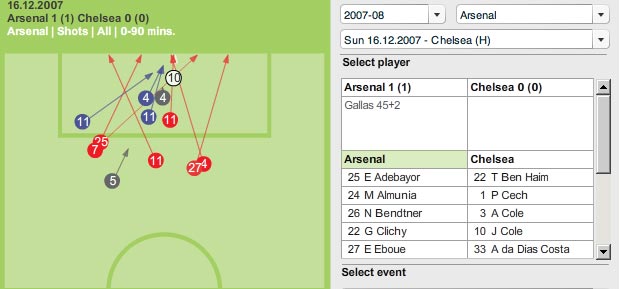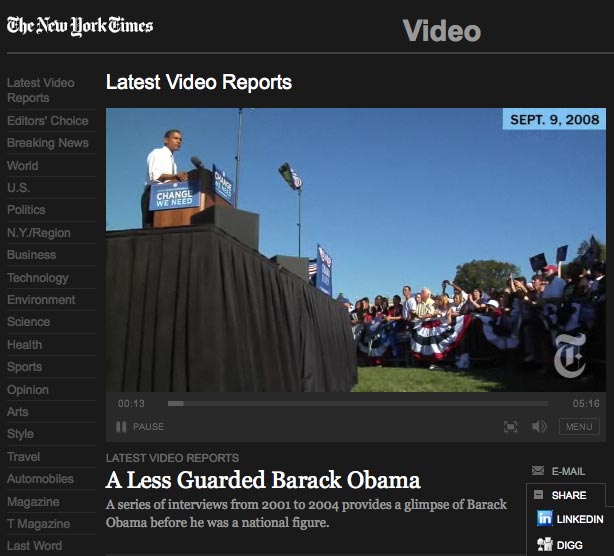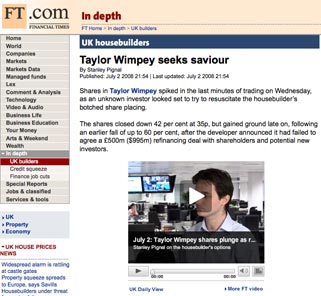Speaking at yesterday’s preview of the Telegraph.co.uk redesign, both chief information officer Paul Cheesbrough and digital editor Edward Roussel said the new site was aimed at ‘deeper engagement’ with users.
Both declined to comment on whether the new site would bring success in terms of ABCe figures, even suggesting the amount of content/page views per user was more important at this stage than an increased numbers of visitors.
“If we have doubled the amount of content that each person is consuming [by the end of the year] then that’s great,” said Roussel.
The current average for the site is 16 page views per person per month, he added.
A raft of improvements have been made in the new design to address the issue of engagement. Firstly improved search and navigation features to help users find the content they are after more quickly and keep them on the site.
Changes to the site’s servers have also been implemented with a series of international servers set up so the experience of accessing the site is the same wherever you are, Cheesbrough explained.
These changes were made necessary after ‘power outages’ on the site last year, which brought Telegraph.co.uk down for prolonged periods. In contrast the site is now the fastest news site behind the BBC, Cheesbrough claimed.
One of the most significant changes for me – and the one which lends itself most immediately to both engagement and traffic goals – is an increase in embedded video.
Following hot on the heels of the BBC and FT, who have both made the move to embedded video, the new Telegraph.co.uk will embed its video content within articles across the site and lose the standalone Telegraph TV player box on the homepage.
The BBC’s Pete Clifton told Journalism.co.uk previously that the conversion rate – the number of people reading the text article and viewing the video footage – was around 40 per cent for embedded video and only 2 per cent when video was housed in a separate player.
Initial trials of embedding on Telegraph.co.uk have produced similarly positive results, said Cheesbrough, with a 30 per cent conversion rate for embedded videos compared to a 3 per cent rate for Telegraph TV.
It’s a logical progression that boosts views and keeps the user engaged for longer, and is part of what the team behind the Telegraph redesign refer to as ‘the concept of the article as the homepage’.
This shows an awareness that the homepage is no longer the main point of entry – around half of the site’s traffic comes through aggregators. Putting as much effort into the design and accessibiilty of every page of your site, as most publications put into their homepage, could well be a winning strategy for both traffic and engagement.


